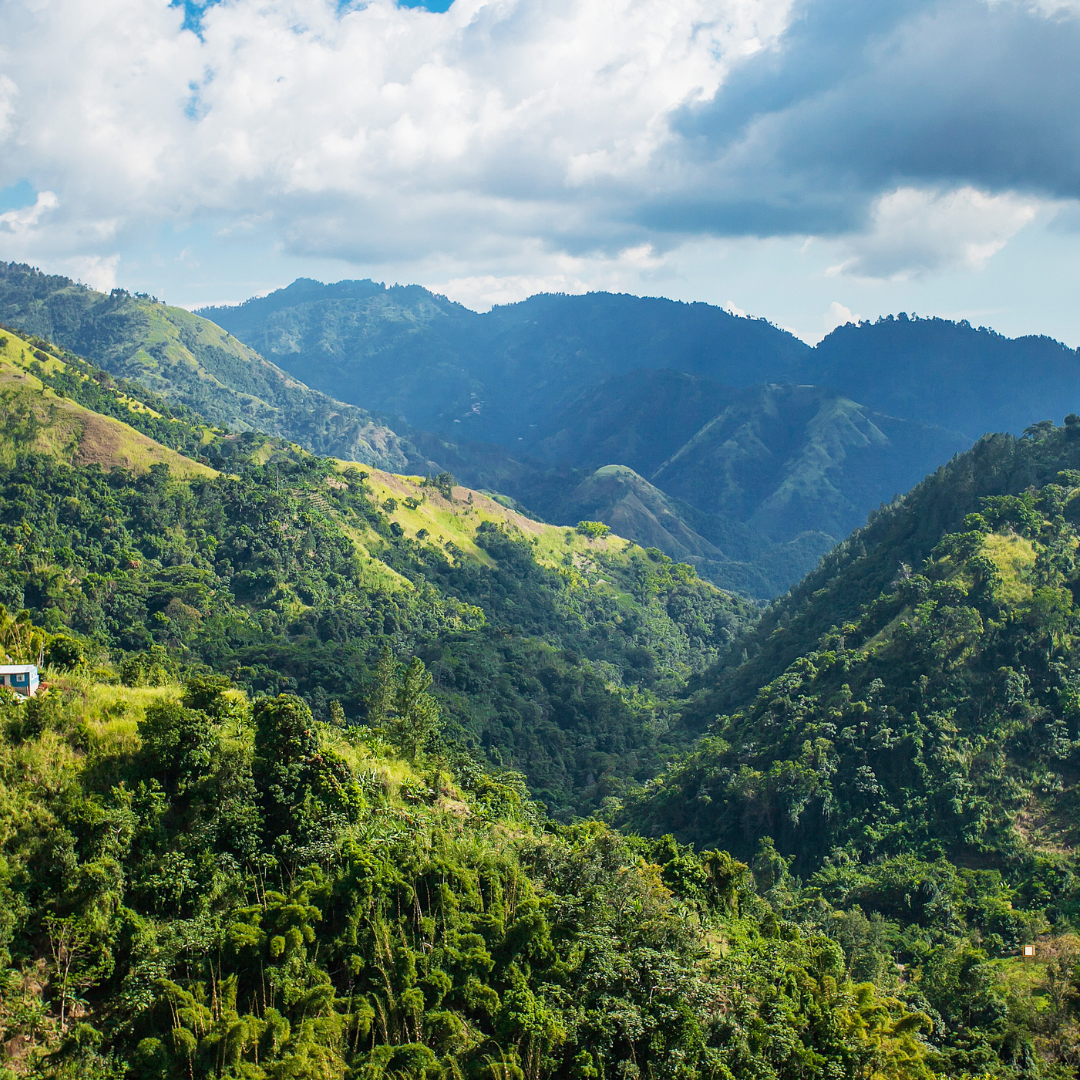
How Tanzanian Peaberry coffee is Grown: A Look at Local Practices
Tanzanian Peaberry coffee stands out among exotic roasts, enticing home brewers with its bright, lively character and the rare shape of its beans. I'm fascinated by how these little powerhouses of flavor come into being—from the carefully cultivated plants sprouting in high-altitude farms to the small communities that nurture them. There’s an entire world behind each cup, filled with dedication, patience, and respect for the land. Understanding how these beans are grown not only deepens your appreciation for their taste but also for the people who make that taste possible.
Rooted in Community Traditions
Tanzanian Peaberry coffee also owes much of its reputation to the hands-on approaches that local growers use in caring for their fields. Rather than large, industrial operations, many of these fields are managed in smaller plots or cooperatives, where generations of families hone their craft. Methods are passed down through storytelling and daily practice, ensuring that younger farmers learn from a tapestry of knowledge that’s often centuries old. It’s not just about growing a commodity—it’s about preserving a livelihood, a culture, and the spiritual link between people and land.
These beans begin their journey as seedlings carefully planted in nutrient-rich soil, often in areas blessed with volcanic minerals that offer a natural fertility. Farmers adjust shade through intercropping techniques—planting banana trees or other fruit-bearing plants to shield the emerging coffee plants from harsh sun and to help maintain moisture in the ground. This collaborative approach, where multiple crops share the same plot, supports biodiversity and keeps the environment in balance. By the time the coffee plants mature and begin producing cherries, they’re already deeply interwoven into the ecological fabric of the region.
Sun, Soil, and Altitude: The Lifeblood of Flavor
Tanzanian Peaberry coffee flourishes in areas that benefit from a perfect harmony of altitude and climate. In many East African highlands, elevations range from around 1,200 to 1,800 meters (4,000 to 6,000 feet), creating cooler nights that slow the growth of the coffee cherries. This slower pace often concentrates flavors in the beans, giving them their signature brightness and layered depth. On the slopes of Kilimanjaro or in the Southern Highlands, you’ll find mornings bathed in gentle mist and afternoons warmed by equatorial sun, each contributing to a well-rounded cup profile.
Soil composition plays a pivotal role, too. These high-altitude farms are frequently positioned on volcanic grounds, rich in minerals like nitrogen, phosphorus, and potassium. The result? Robust coffee plants with a reliable yield and a more pronounced flavor identity. Many farmers also adopt natural composting methods—returning organic waste back to the soil to keep it thriving. When the cherries are eventually harvested, they carry with them the distinct essence of their environment, transforming your morning brew into a sensory trip through lush, elevated landscapes.
From Seedling to Harvest: A Labor of Love
Whether they’re large or small, coffee farms in Tanzania typically follow time-honored processes to ensure the quality of each harvest. Farmers pay close attention to weather patterns, maintaining an ideal balance of water and shade. They’re also vigilant about pests, often employing sustainable tactics such as using beneficial insects or rotating crops to minimize outbreaks. The first few years of a coffee tree’s life require great care, as the plants are still delicate. By the time they reach maturity—usually around three or four years—they begin to reward all that patience with the first cherries.
When the cherries turn red at the peak of ripeness, the picking process starts. While some farmers do small daily harvests to collect only the cherries at the ideal moment, others wait for a slightly bigger yield before taking them to a central processing station. Either way, this coffee’s hallmark is attention to detail. Cherries are often sorted by hand, separating the unripe or damaged fruits. From there, they might undergo a washing process, which gives a cleaner, bright flavor, or a natural drying process that can add fruity sweetness. After a proper drying period, the beans are hulled and graded according to size and quality before being prepared for the journey overseas.
Local Community Impact
Coffee farming doesn’t just shape the land; it shapes entire communities. For many families, it’s a significant source of income and a badge of pride. When a season is successful, it can mean better schooling for children or improved healthcare facilities in the area. Even the simple act of coffee roasting at home can bring neighbors together to share stories, recipes, and a steaming cup of aromatic brew. In regions where resources are limited, forging a strong sense of unity is crucial. The process of growing and harvesting coffee fosters that unity, weaving economic, social, and cultural threads into one robust tapestry.
Roasters like us, who receive these beans through trusted importers, strive to honor the dedication of farmers by maintaining the highest standards throughout the roasting process. We know each bean represents countless hours of nurturing and care. Small differences—like consistent sorting or meticulous drying—can significantly impact flavor once the beans reach our roasting facility. By the time your bag of coffee arrives at your door, it’s traveled across continents, bearing the imprint of fertile soil, skilled hands, and the unwavering passion of communities proud of their craft.
Sustaining Quality for the Future
Sustainability is more than a buzzword in this part of the world; it’s a necessity. Climate shifts, soil erosion, and erratic weather patterns can all affect coffee yields. Many local growers have responded with creative strategies, such as planting shade trees to retain moisture and introducing better irrigation systems during dry spells. Some even experiment with new coffee varietals more resistant to pests and diseases. These adaptive measures benefit not only the farmers but the planet as a whole, ensuring that future generations can continue to cherish these distinct beans.
Certain regional co-ops also offer training on farm management, teaching the next generation vital techniques for dealing with environmental challenges. These may include composting to reduce chemical inputs or building terraces to prevent runoff on steep slopes. Such collective learning platforms cultivate hope that the regions currently producing this East African specialty can sustain their livelihoods and the environment, allowing you and me to keep enjoying these beans for years to come.
Brew the Best with Tanzanian Peaberry Coffee
Tanzanian Peaberry coffee is a true testament to the art and science of farming, and at Frontier Coffee Roasters, we’re committed to bringing its distinctive flavors directly into your home. Through our diverse coffee variety selection, small-batch roasting methods, premium coffee beans, and fast delivery, we ensure that every sip is packed with the vibrancy these farms worked so hard to achieve. By choosing this unique origin, you celebrate not just a taste, but a tradition—one that stretches from the volcanic hillsides and communal drying stations all the way to your favorite mug. Explore more with our Tanzanian Peaberry Coffee and visit the Frontier Roasters Coffee Hub and Tanzanian Peaberry Coffee Hub.

